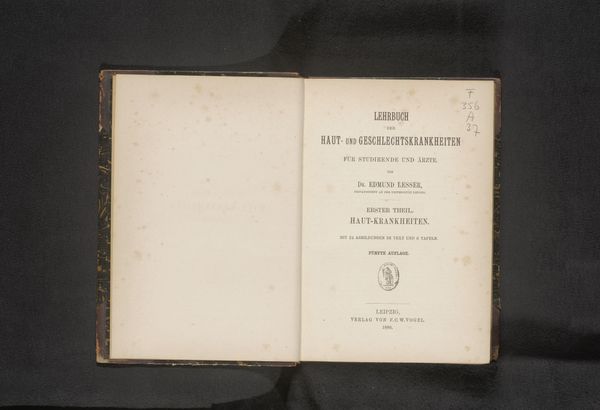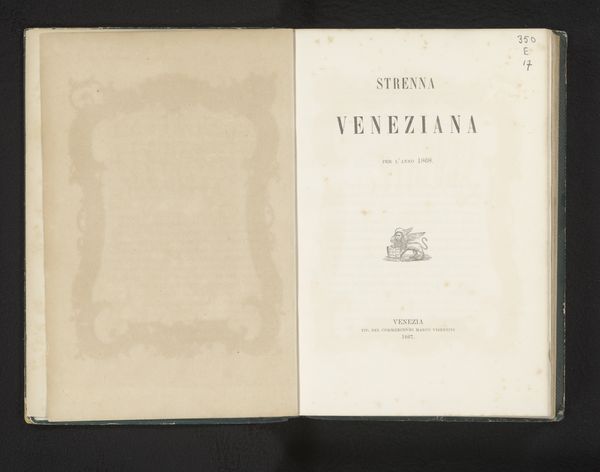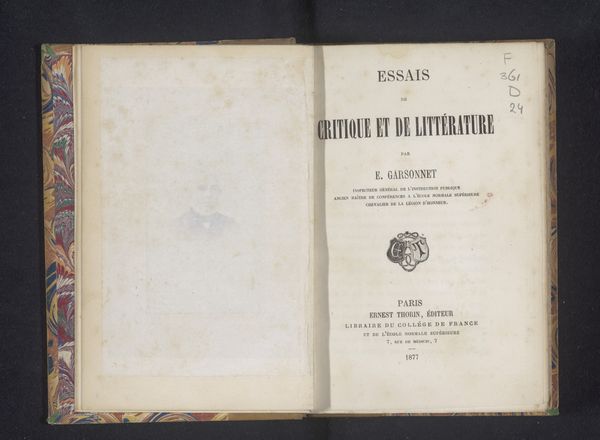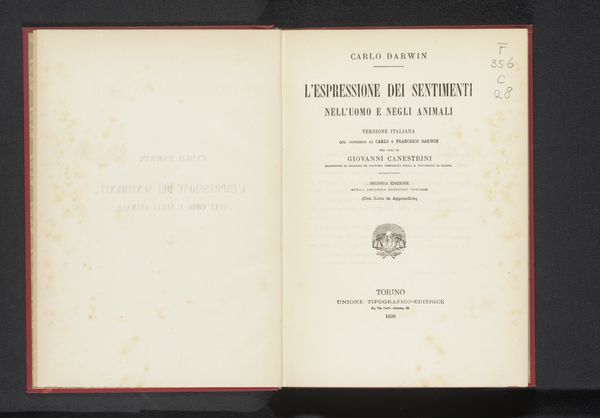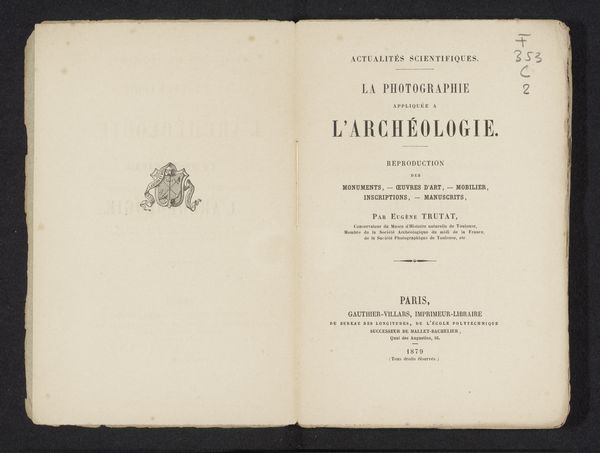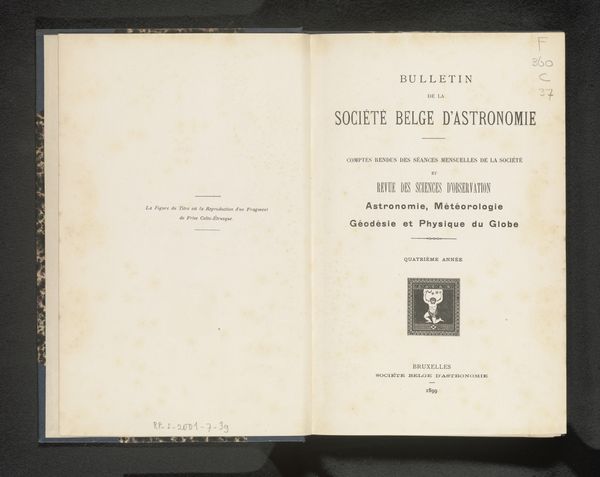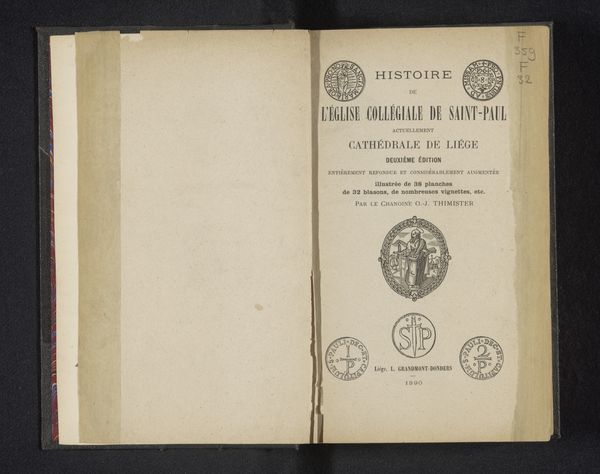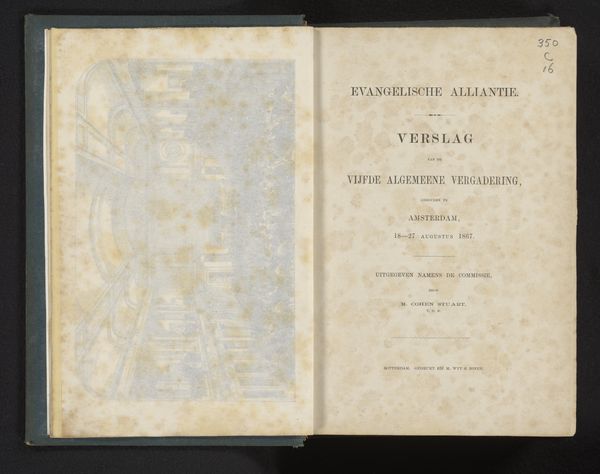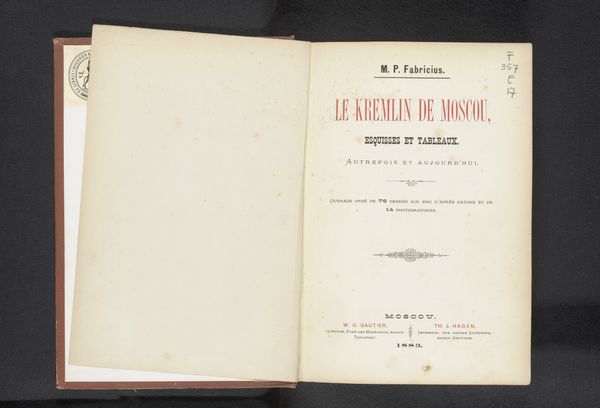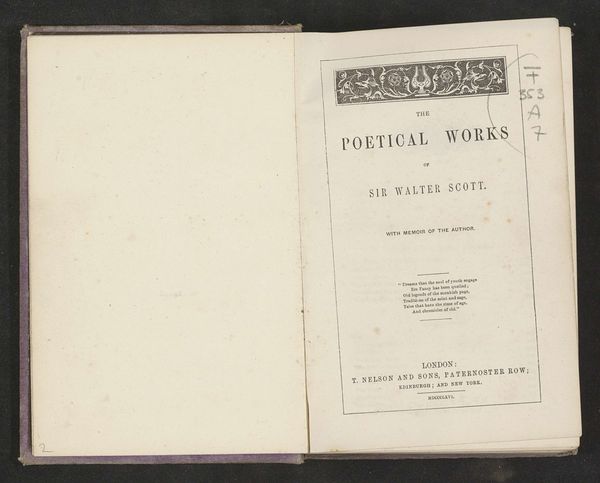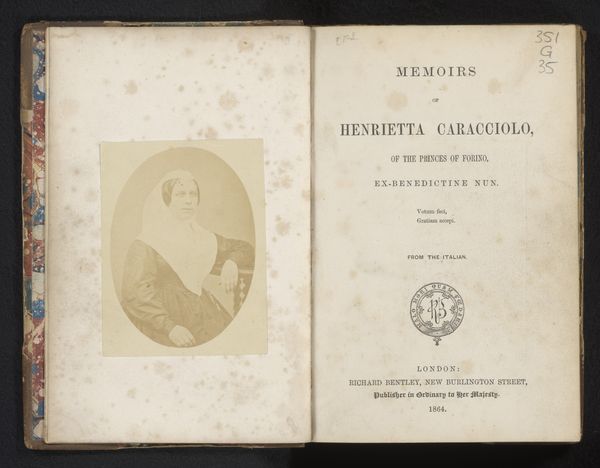
print, paper, photography, typography
#
portrait
#
script typeface
#
aged paper
#
script typography
# print
#
hand drawn type
#
paper
#
photography
#
personal sketchbook
#
typography
#
hand-drawn typeface
#
fading type
#
stylized text
#
thick font
#
academic-art
#
italian-renaissance
#
historical font
Dimensions: height 255 mm, width 167 mm, thickness 47 mm
Copyright: Rijks Museum: Open Domain
Editor: This is "Studii sulla etnologia dell'India", or Studies on the Ethnology of India, a book by Paolo Mantegazza published in 1886. I'm struck by the materiality of it; the aged paper, the impression of the print…it makes me wonder about its purpose. How do you interpret this work? Curator: For me, this is a fascinating object, precisely because of its materiality. Consider the production process: paper, ink, the printing press itself. These aren’t neutral elements. They represent specific economic and social conditions of late 19th-century Italy. This book, as an object, speaks to the industrialization of knowledge. Editor: So you're saying the book itself is part of the story, beyond just what's written inside? Curator: Absolutely! Look at the typography. Was it a commonly used font? Was it made locally? Even the paper’s quality can reveal the intended audience and the economics of publishing at that time. Were they targeting a wealthy, educated class, or were they trying to disseminate this information more broadly? Consider the consumption of this object, not only its production. Editor: That makes so much sense! I never thought about how the materials could reveal the intended audience like that. It completely shifts the focus from just the content to its cultural implications. Curator: Exactly. It's about seeing the book as a product, a commodity embedded in a network of labor and resources. It is a good object of inquiry, wouldn't you agree? Editor: Yes! I see how much the materiality can tell us. Thanks for your input!
Comments
No comments
Be the first to comment and join the conversation on the ultimate creative platform.
